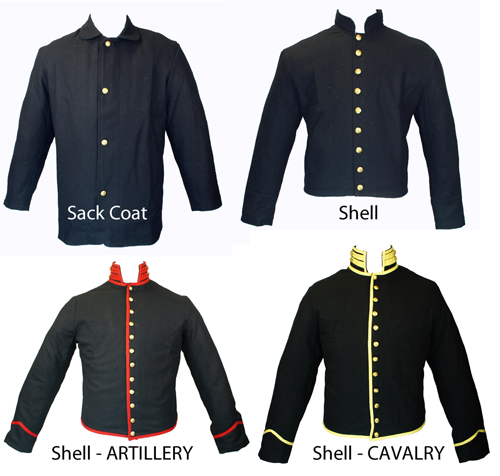

The Navy had expanded greatly and many of the officers and men were the volunteers so badly needed to supplement the comparatively small regular Navy of 1861 when the war began. Changes had taken place after the modifications of 1862, so a new complete order was needed to provide a better understanding of what uniforms, insignia and rank designations were to be worn. The instruction of 1862 was but a modification of the 1852 order, not a new regulation. Note for Safari Users: to enable audio, from the menu bar at the top of your screen select "Safari > Settings for This Website > Auto-Play > Allow All Auto-Play".The Regulations for the Uniform of the Navy of the United States, approved by Secretary of the Navy Gideon Welles on 28 January 1864, finally brought all the changes to the 1852 instruction up to date. Non-interactive, printable version of this activity Using your cursor, roll over each image to learn about the unfamiliar clothing. Navigate to each layer of this activity by clicking on the "Next" and "Previous" buttons. In the later years of the Civil War the dress code was not as strictly enforced. Anyone found in violation was made to pay a fine. A dress code for all soldiers was strictly enforced except when they were on the battlefield. For the most part they were sewn on treadle sewing machines, although some shirts were hand sewn and some of the finish work on the uniforms was done by hand. Companies that had contracts with the government made the uniforms. Officers were expected to purchase their own and had to make sure that they met strict military requirements.

Soldiers, except for officers were issued uniforms. In the north a certain number of men between the ages of 18-45 from each community were drafted into the Union army. A Union Soldier's Uniform from the Civil War, around 1865


 0 kommentar(er)
0 kommentar(er)
